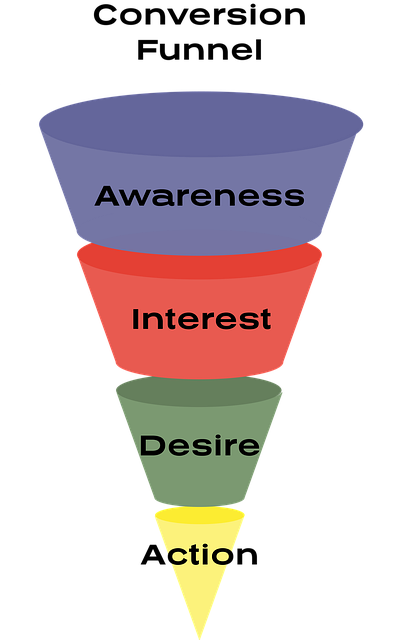9.6 Feature Writing & Lead Generation
Andrew Frank
According to Wikipedia, “…lead generation (/ˈliːd/) is the initiation of consumer interest or enquiry into products or services of a business. Leads can be created for purposes such as list building, e-newsletter list acquisition or for sales leads. The methods for generating leads typically fall under the umbrella of advertising, but may also include non-paid sources such as organic search engine results or referrals from existing customers.”
In the context of lead generation, feature writing can be used as a form of content marketing, which involves creating content of value for specific online audiences, with the ultimate goal of converting them to leads. This form of writing requires the writer to be mindful of additional writing techniques like search engine optimization (SEO) and the strategic use of keywords to improve the likelihood of content being found by the audience through searches on search engines like Google.

In terms of a lead generation continuum, marketers often refer to a “conversion funnel” or “sales funnel” with audiences beginning at an “awareness” stage before progressing through to an “action” stage. Because feature writing is focused on creating a compelling narrative and less about “how-to” styles of explanatory writing or “take action” forms of persuasive writing, it is best positioned as content that can help to create awareness at the broad beginning of the conversion funnel.
Content can and should include common types of feature writing, but with additional thought given to the audience’s interests and values in the context of lead generation. For example, a compelling personal story might be used to offer insight about a specific issue or problem your audience might have, and may even briefly introduce them to a potential solution to the problem (ideally offered by your company or organization).
In the early stage of awareness building, the primary goals of your writing might be to position you or your organization as a trusted authority on a topic that matters to your audience, providing them with high value content that they enjoy reading and sharing. By building a relationship of trust with your audience, it’s more likely they will share your content and become potential leads themselves (e.g. signing up for a company newsletter or mailing list, following you on social media, becoming a member of your non-profit organization, or making a donation or purchase).

